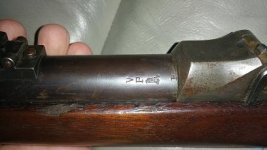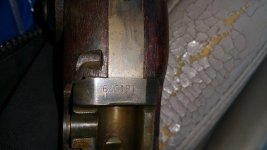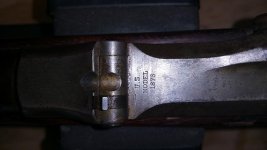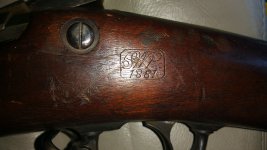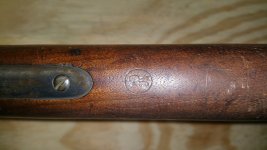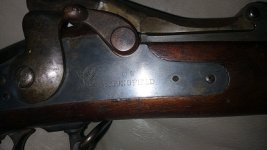Snookkrook
Inactive
I enjoy restoring old firearms or firearms that people just dont care for. Reciently I had a friend that I work with bring me in a rifle she told me was her grandmothers. This friend herself is in her 60's. Anyhow, what she pulls out of her trunk is a Springfield 45-70 Trapdoor rifle 1881 US model 1873. I have informed her that she has a real great peice of American history here. I told her that I can not restore the weapon as I dont want to affect the value or history of the firearm. I will try to carefully clean the firearm with care, as I have read about curating care processes. I am looking for any info help that I can bring back to her with the gun once I am done. I will attach some pictures, any help is appreaciated.
